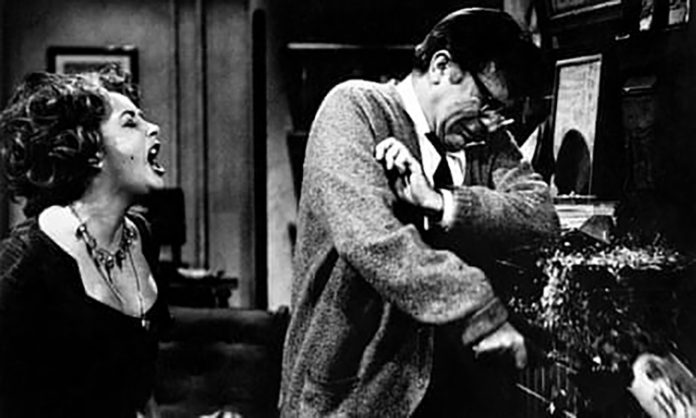Conflict drives every good story, but how can a writer create conflict when there is no clear villain in the narrative or when your hero and antagonist aren’t the type of characters to engage in fistfights? In a guest post on Jami Gold’s blog, Angela Ackerman offers advice for using your characters’ goals and their internal conflicts to create external tension.
Your protagonist might question what they believe or feel, be undecided about a course of action, or have competing desires or responsibilities. “Internal conflict draws readers in because it’s a type of struggle common to us all,” Ackerman says. “Confusion over what to do, feel, and believe, can make us feel exposed. To find a path forward, we must weigh and measure personal beliefs, ideas, and needs. Characters, like us, must do the same, and as they look within themselves for answers, they reveal their vulnerability and humanity to readers.”
Ackerman suggests five ways to identify and use your characters’ inner conflicts, including their greatest fears, their core moral beliefs, their existential ideas, their wants and needs, and their secrets.












